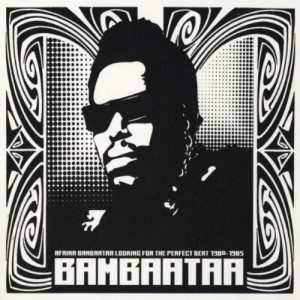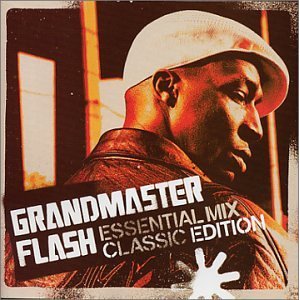 Hip Hop, a term coined in the late 1970’s, continues to be a driving force in the music industry. A mix of scat, rap, spoken word poetry, and music samples relying mostly on electric instruments and drum machines, Hip Hop got its start in poor neighborhoods in the Bronx, New York City. Many famous DJs including Afrika Bambaataa, DJ Kool Herc, and Grandmaster Flash introduced the music to audiences by mixing a variety of sounds and producing songs and albums that featured music and vocals many people had never heard in combination before.
Hip Hop, a term coined in the late 1970’s, continues to be a driving force in the music industry. A mix of scat, rap, spoken word poetry, and music samples relying mostly on electric instruments and drum machines, Hip Hop got its start in poor neighborhoods in the Bronx, New York City. Many famous DJs including Afrika Bambaataa, DJ Kool Herc, and Grandmaster Flash introduced the music to audiences by mixing a variety of sounds and producing songs and albums that featured music and vocals many people had never heard in combination before.
Afrika Bambaataa
Born in the South Bronx, Bambaataa witnessed the power of community activism at an early age after watching his mother and uncle try to create change in their impoverished neighborhood through debate and the free exchange of ideas. After a trip to Africa, Bambaataa returned to his neighborhood with high aspirations of making things better for his community.
As leader of a local gang, The Black Spades, Bambaataa used his leadership and speaking skills to turn the group from one that relied on violence to get what it wanted to one that helped stop violence from occurring. He renamed the gang The Bronx River Organization and started hosting and DJing block parties to showcase local talent.
Credited with starting the Hip Hop movement, in 1982, Bambaataa organized the first world tour for Hip Hop taking with him many local dancers, singers, rappers, DJ’s and other artists. Bambaataa went on to form Hip Hop groups and record labels that continue to produce Hip Hop music today. Borrowing from other genres including disco, jazz, rock n’ roll, blues, and soul music, Hip Hop has become a full-fledged genre that stands on it own.
DJ Kool Herc
Born in Jamaica, DJ Kool Herc is credited with creating the Hip Hop sound. While living and DJing in the Bronx, local break dancers often asked if Herc could provide a certain type of sound – one that broke the instrumental part of songs into specific beat patterns. Using two turntables, Herc was able to create this unique sound that allowed break dancers to stay with the rhythm and create moves that matched beat patterns.
While DJing at dance parties, Herc would often shout out upcoming beats and other instructions to the dancers – this became a precursor to rap. Even though Herc didn’t take his brand of Hip Hop/break dancing/rap on the road initially, he has been featured in several movies including Beat Street and has been active over the years in preserving the local landmarks in the Bronx where he used to host Hip Hop parties.
In addition to contributing original beats to the Hip Hop movement, Grandmaster Flash is also credited with creating the first crossfade – a mechanism that allows DJs to switch from one record to another using a switch instead of having to completely remove a record and quickly replacing it. This mechanism allowed DJs to match beats in new ways that were cleaner and smoother.
Other innovations Grandmaster Flash is noted for adding to the movement include enhanced scratching techniques, backspin, and punch phrasing. Each allows DJs to mix sounds in various ways to create additional beats, combine beats, and to keep the music moving smoothly.
In 2007, Grandmaster Flash and the Furious Five were the first Hip Hop group inducted into the Rock and Roll Hall of Fame.
